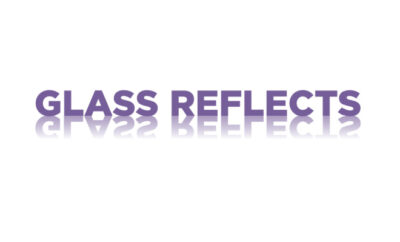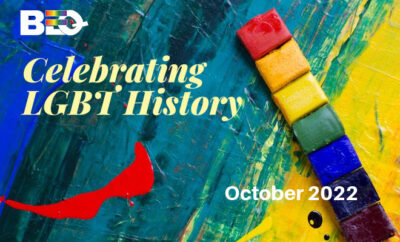
BEQ Today
4 Things Your LGBT Child Needs You To Know, And Do
By Julie Tarney
With the growing number of LGBT-themed children’s books and the vast amount of openly LGBT celebrities in music, sports, and television, children are feeling safe to come out at younger ages.
If your child comes out to you as LGB or tells you they are not the gender they were assigned at birth, chances are you may worry. You may doubt your ability to be a good parent to an LGBT child. Or you may fear for their safety due to bullying or harassment, both alarming realities reported in the Human Rights Campaign’s 2018 LGBTQ Youth Report.
But the HRC report also states the positive outcomes for LGBT youth whose parents are supportive and accepting, including greater self-esteem and resilience. To help your child achieve happiness and well-being, here are 4 things they need you to know and do:
Coming out is a process.
Before your LGBT child comes out to you, they’ve had to come out to themselves. Maybe it happens with their first crush. Maybe you have a boy who tells you he’s really a girl, or a daughter who tells you she’s a boy on the inside, or a child who doesn’t feel like either. Believe them. Open your heart to them. And continue to listen. Gender identity and sexual orientation are about how you feel inside, who you know yourself to be. And it can develop over time. Trust them to know themselves.
There’s no right way to be a boy or a girl.
Transgender kids know that a girl can have a penis and a boy can have a vagina. A gender-nonconforming or gender-expansive child knows that boys can be happy wearing dresses or that girls can love a good buzz cut. Kids are as unique as their fingerprints, so it follows that not every child will fit inside the pink or blue boxes traditional society has constructed as the norm. So check your expectations and allow your child the freedom to express their individuality.
Words matter.
There are many different words used within the LGBT community. If you have a child in middle school or older, chances are they’re familiar with all of them. Facebook users can now choose their gender identity from categories, like “bigender” or “gender fluid.” And they can decide which pronouns they want to be associated with the gender option they’ve chosen. Use their chosen pronouns and educate yourself. Learning their language will help you have clearer discussions with your child.
Have their back.
In addition to unconditional love and acceptance, your LGBT, non-binary or gender nonconforming child needs you to be their ally. They need you to advocate for them with family and friends, in the neighborhood and at school. And they need you to carry your allyship back to the office. Demonstrating the same respect and support you have for your child with your LGBT colleagues will help continue to shape a workplace environment that ensures your child’s future economic equity and stability. n
 Julie Tarney, author of the memoir MY SON WEARS HEELS: One Mom’s Journey from Clueless to Kickass, works with companies to increase retention and revenue by creating an inclusive, bias-free workplace.
Julie Tarney, author of the memoir MY SON WEARS HEELS: One Mom’s Journey from Clueless to Kickass, works with companies to increase retention and revenue by creating an inclusive, bias-free workplace.
Business Equality Pride (BEQPride) is the first publication from the BEQ family of national print and digital magazines exclusively addressing the needs of LGBTQ small-to-medium sized businesses, entrepreneurs and professionals.

















0 comments